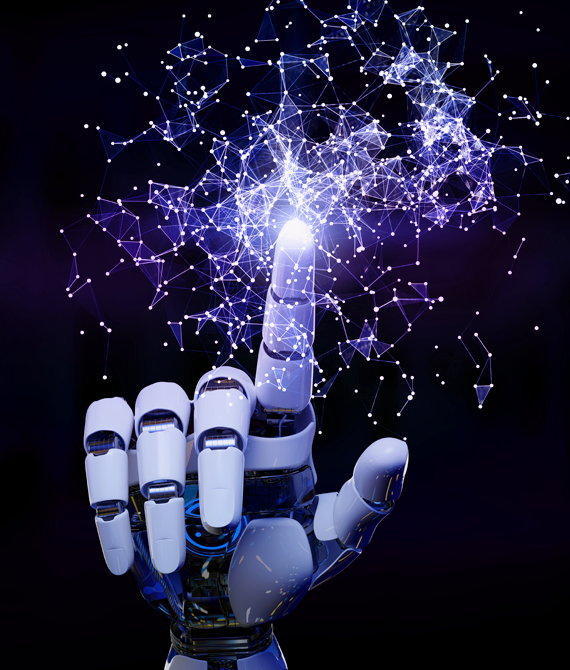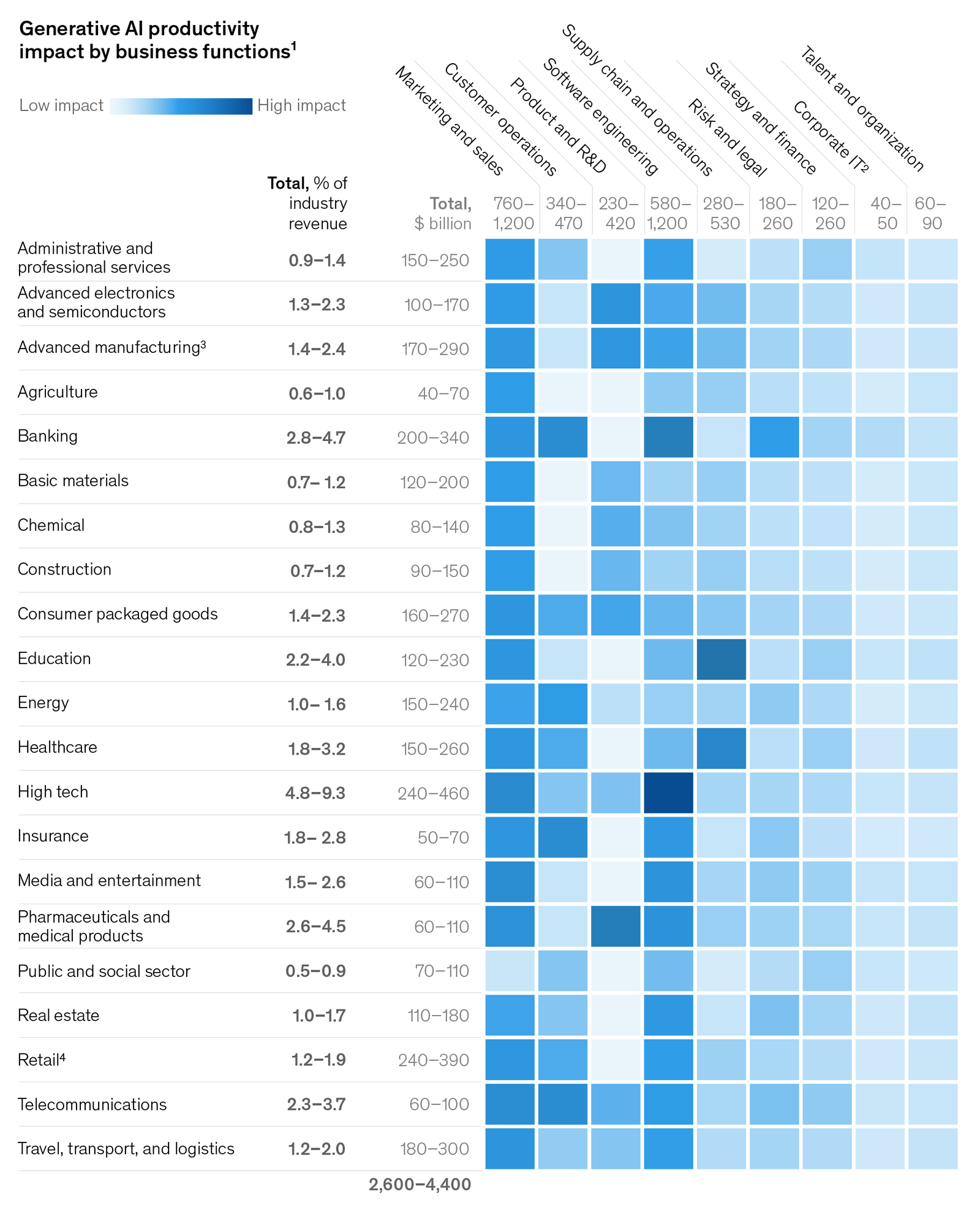
What is Generative AI
Generative AI is an advanced form of artificial intelligence that can create new content, such as audio, code, images, text, simulations, and videos, based on patterns and information it learns from existing data.

Traditional AI
Generative AI
Traditional AI VS Generative AI
Objective
Traditional AI
Focused on performing specific tasks intelligently and efficiently
Generative AI
Aimed at creating something new and original based on learned patterns
Task Performance
Traditional AI
Excellent at performing well-defined tasks within pre-defined rules and parameters.
Generative AI
Has the ability to generate new content, such as text, images, music, etc., and is not limited to specific tasks.
Creativity
Traditional AI
Lacks creativity; it follows predetermined algorithms or strategies.
Generative AI
Exhibits creativity by generating original content and coming up with novel ideas.
Examples
Traditional AI
Voice assistants like Siri or Alexa, recommendation engines, search algorithms.
Generative AI
Text generators like GPT-3, image generators using GANs, music composers, artistic content creators.
Data Dependency
Traditional AI
Requires large amounts of labeled data to learn and perform tasks effectively.
Generative AI
Also requires substantial training data, but it can generate new data that mirrors the training set.
Limitations
Traditional AI
Limited to the specific tasks they are programmed for; lack adaptability and creativity.
Generative AI
May produce outputs that are unrealistic or misleading; challenges in controlling the generated content.
Ethical Concerns
Traditional AI
Fewer ethical concerns as it operates within predefined boundaries.
Generative AI
Raises ethical issues related to deepfakes, misinformation, and potential misuse of generated content.
Use Cases
Traditional AI
Commonly used in automation, decision-making, and specialized tasks.
Generative AI
Applied in creative industries, content generation, art, and problem-solving.
Technology
Traditional AI
Primarily uses machine learning algorithms and rule-based systems.
Generative AI
Relies on advanced techniques like GANs, VAEs (Variational Autoencoders), and deep neural networks.
Future Development
Traditional AI
Continues to be refined and integrated into various applications.
Generative AI
Subject to ongoing research to improve creativity, control, and the quality of generated outputs.
Generative AI use cases will have different impacts on business functions across industries.

AREAS WE SERVE
FINANCIAL
MARKETS
- NATURAL LANGUAGE PROCESSING
- CUSTOMER RELATIONSHIP MANAGEMENT
- FRAUD DETECTION
- RISK MANAGEMENT
- MARKET RESEARCH


DIGITAL
- CONTENT CREATION & TRANSLATION
- PERSONALIZATION
- CUSTOMER SEGMENTATION
- AD CREATION
- PREDICTIVE ANALYTICS
CUSTOMER
OPERATIONS
- VIRTUAL ASSISTANTS
- CALL TRANSCRIPTION AND ANALYSIS
- INTELLIGENT ROUTING
- AUTOMATED EMAIL RESPONSES
- ASSISVOICE TANTS
